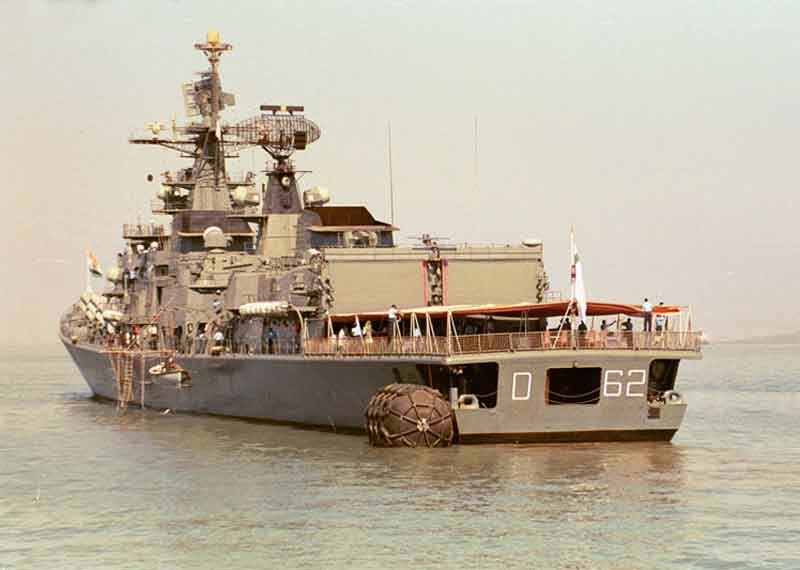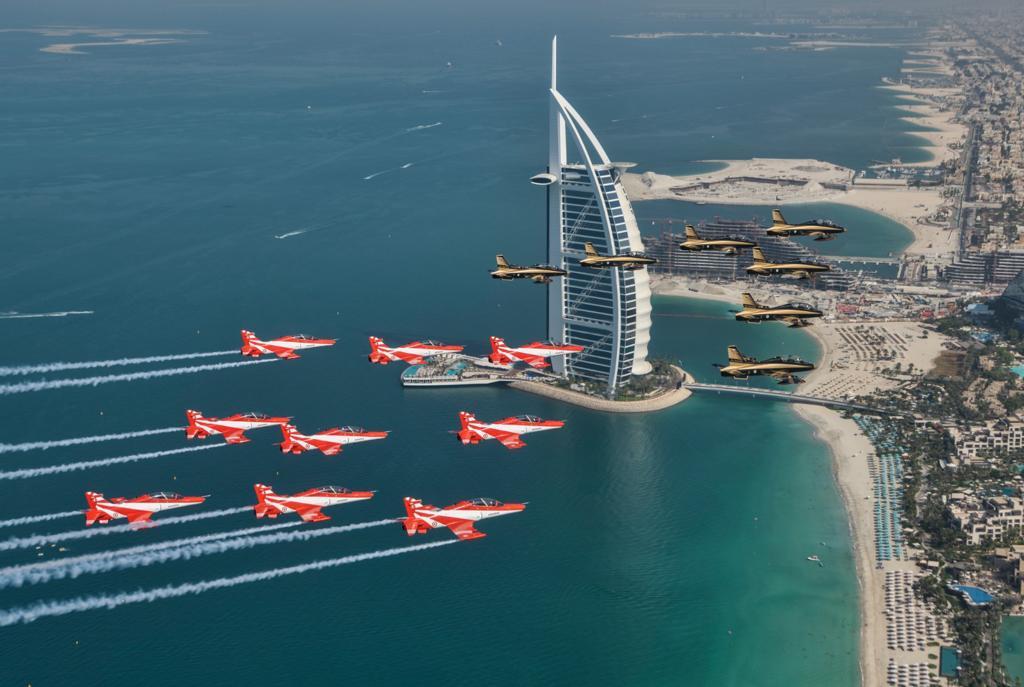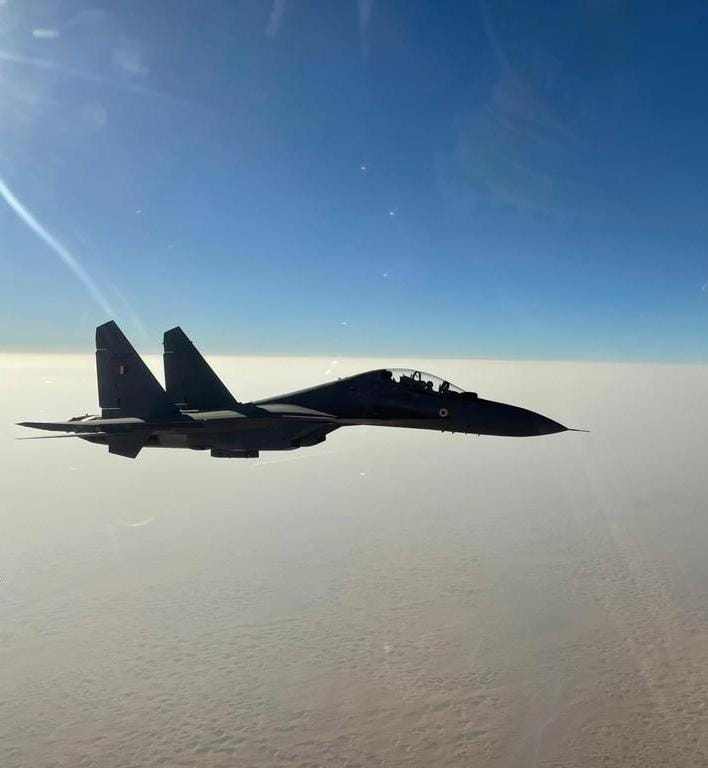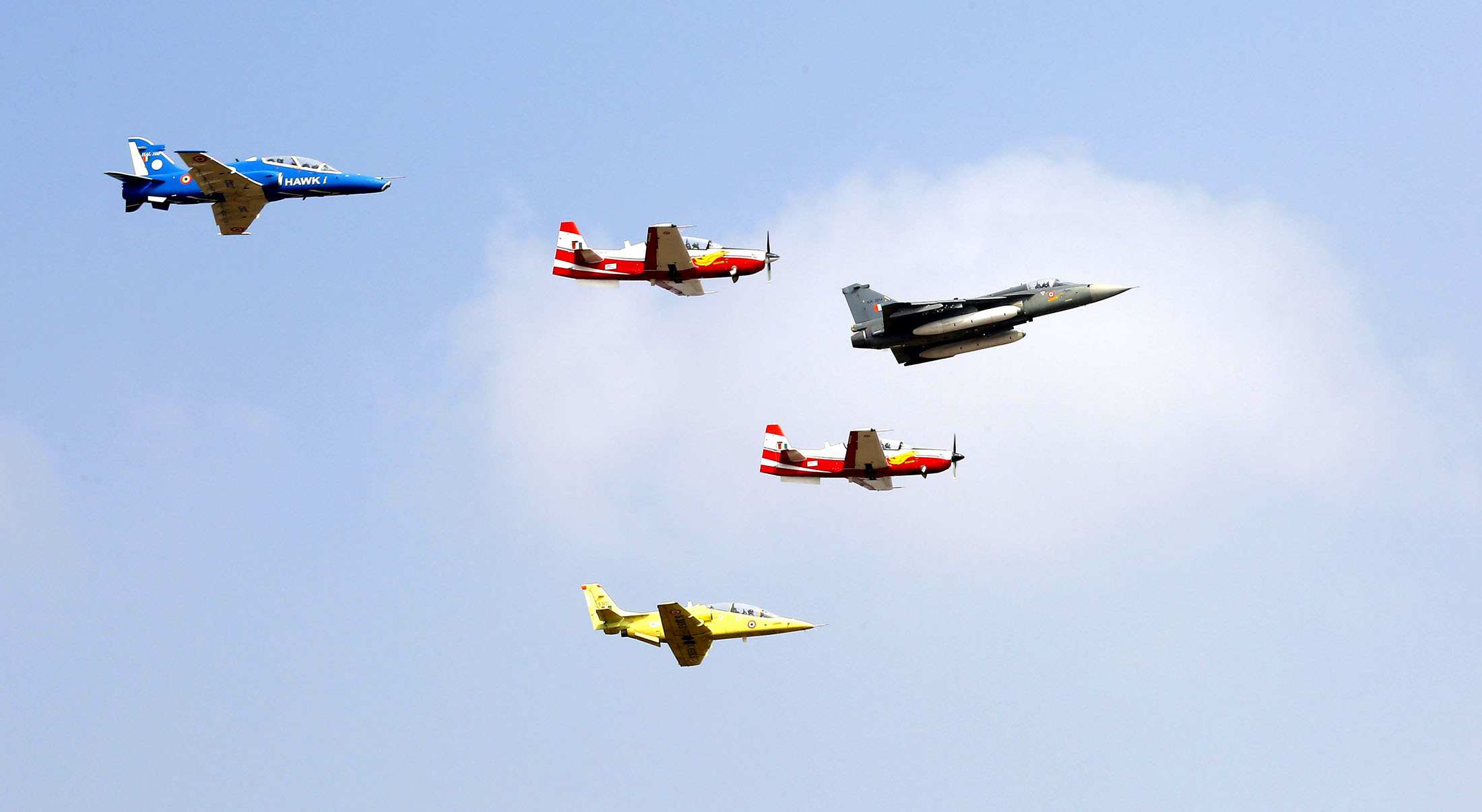INS Mumbai
SlideShow | ThumbnailsBut even to arrive at that size of the ship, we virtually had no data. Our experience till then in warship design was very limited. Experienced designers like Capt Mohan Ram and Capt Subbiah who were the mainstay of the design team of Godavari class were not available when the Project 15 design commenced. However, even though our team members were all inexperienced, there was a lot of enthusiasm in the multi-disciplinary design team for the project. Success or failure of a warship design largely depends on initial estimates of displacement and stability, which depend heavily on the available data of ships similar in size. These two parameters are very important for the success of any warship design. While the Godavari was only 20% bigger than a Leander, Project 15 was 75% to 80% bigger than the Godavari. We were on a very difficult wicket on this. Certain additional margins to displacement and stability were added purely on professional judgement, as there could not be supported by any calculations. The hull form and the ship design started in mid 1984 when the Russian team came and data on the propulsion and weapon packages started coming to us. Within nine months we were ready with the new larger platform design for model testing. Model tests were carried out at SSPA, Sweden in the latter half of 1985. They were surprised to see a large 6,300 tonne warship design coming from India. When the actual model tests were going on, the then Chief o the Naval Staff, Admiral Tahilani, visited Sweden. He also visited SSPA and witnessed the model going through the sea keeping tests in the Ship Dynamic Laboratory. He asked the SSPA about the quality of the hull form and was informed that Project 15 would be a good ship. When the results of the measurements were analysed, SSPA declared that the ship would be an excellent weapons platform. This was demonstrated when the first ship faced extremely rare storm conditions for several hours in 1999. We had also decided to carry out parallel model tests at Krylov Institute in the Soviet Union. These were carried out in 1986. The results from SSPA and Krylov were similar and within the limits of normal accuracy of such tests. While designing Project 15, it was realized that sharply raked bows which were the feature of most Soviet designs in particular the Rajput class gave a fierce look, befitting a warship. It would also improve sea-keeping qualities. We adopted this feature in our design. Since a ship is designed around the weapon and propulsion packages, the required data / inputs were provided by specialists from the Soviet Design Bureau. The leader of the Design Bureau team made it clear that the ship’s design was the responsibility of the Indian side. The hull form, the displacement, the main dimensions etc. were finalized by us independently. The overall design responsibility was with us and Soviets ensured that all information pertaining to the weapon and propulsion package and their integration was provided to us. As regards EMI and EMC, in the mid and late 1980s, when Project 15 was on the drawing board, we were still in the process of planning and setting up our NEC. Though initially we had planned to off load a study to a suitable western agency to carry out copper model studies, this was not done for security reasons. Since the weapon / sensor package was predominantly Soviet, the Soviet side developed and supplied the mutual interface suppression system to ensure that these sensors performed satisfactorily. The Indian designers for the first time separated the communication transmitters and receivers and solved the associated design problem. This was a challenge but was handled satisfactorily. Further, general EMI / EMC guidelines in the layout of cables / equipment as per the normal shipbuilding practices were followed.








Your comment gives away your fear. There is no need to visit an Indian website and comment to show off your superiority unless it is an inferiority complex making you do so. Never mind, the Indian Navy does not need ships when Karach/Gwadar is within flying range of aircrafts. Can’t say the same about Pakistan though. The Easter Coast is a vast coastline safe from enemy aircrafts.